In this article, I’ll have a look at Rando by Monkeyc. It is a sampling instrument available in all the major plugin formats and operates like many others but with a powerful twist. It will search your sample libraries and like magic, create new instruments based on user-defined search parameters. But before we get to this awesome feature, let’s have a look at some of the basic functionalities.
THE RANDO GUI
Sequencer

The main interface includes controls for a 64-step sequencer with an interesting numerical-based display that shows, MIDI note numbers, velocity, and note length values (based on 0-99), swing setting, and space setting (which acts to gate random steps). You can also click on steps manually to mute or activate them.
The sequencer can be synced to the DAW transport and you can easily export the settings as a MIDI region or audio. The Generate/Dice icon button will randomize your sequencer settings and is fundamental to getting the most out of Rando. We’ll see how this plays out with some examples later in the article.
FX Chains

Hitting the FX tab exposes an effects chain that can be applied to each sample. Effects include multimode filter, chorus, distortion, crush, delay, and reverb, all of which have some basic presets that can be modified with a dedicated XY control. This deceptively simple FX section is super easy to use and there are a handful of preset effect chains available to experiment with and modify as you see fit.
Sample Controls
Each sample assigned to a key can be further modified after import using the controls directly above the keyboard. These include ADSR settings, volume, transposition, velocity sensitivity, loop/oneshot setting, reverse sample setting, stretch setting that can preserve the sample length for pitched samples and a setting called Life, which activates an “analogue-style vibe or drift to its playback”. This can act as a “pseudo-round-robin function” since it can alter the sample each time it’s played.
The Sample waveform is displayed in an interface that allows elegant control over start and end points and loop start and end points with responsive controls that seem to automatically apply fades to prevent clicks.
When you adjust one of the ADSR parameters a helpful little graphic envelope appears superimposed over the waveform for some nice visual feedback. The keyboard can be set to chromatic mode to map the sample over the keyboard for pitched or melodic applications.
Additional sample parameters include pitch bend range, panning, and playback speed.
Layout and Help Hints
The layout of Rando is highly functional and user-friendly, giving you immediate access to the controls you need located in the logical place. There are helpful hints in the bottom left of the interface for every control you mouse over so you may never need to refer to the manual at all.
Support
Some surprising and welcomed features are those found under the Support tab. I rarely write about this sort of thing in a review because typically users are directed to a webpage or manual for product support. But Monkeyc has made the process of getting feedback from users easy by allowing feature requests and concerns to be entered right into the interface. You can also send messages or emails from the support window. The email feature automatically populates an email with your computer and DAW configuration. These may seem like small points, but streamlining the process of soliciting feedback and submitting support questions demonstrates the developer’s commitment to improving the product. Other developers should take note of this idea.
RANDOMIZING WITH RANDO
I’ve left the best feature for last and it lies at the heart of the concept behind Rando. Under the Settings/Packs tabs, you can install and access sample packs. It comes with a pack from audiotent.com preinstalled.
Under the Sample Locations tab, you can navigate to folders or entire drives and set them as locations to be searched and accessed by Rando. The Special button on the bottom left allows you to set DAW libraries as sources such as Apple Loops or Ableton factory sounds.
Returning to the main interface will give you access to the big pulsating Rando blob. Under the word Rando is a cog icon that will open the randomize settings. Here there are 4 main areas:
- Loop Type: All/Loop/OneShot
- Type/Categories: Instrument Descriptors
- Locations: reflecting the search locations you’ve set-up
- Text Search: Type in a text descriptor here
According to the developer, the text search option currently looks primarily at file names, but they are looking into using other means of audio classification while trying to keep load times to a minimum. Accessing Kontakt library samples is also on their to-do list.
If you work with sample packs a lot this instrument is a must-have! You can generate sampling instruments with sample combinations that you would have never dreamed of. Hit the Rando blob, generate a random sequence, fire up the sequencer, and let it rip. If it doesn’t sound interesting, generate another sequence or tweak to your heart’s content. If you grow tired of the sample choices, hit the Rando button again for a completely new set of sounds.
Another possibility is to have Rando search only specific folders for accessing variations of a similar sound. I can envision this being useful for sound designers and Foley artists. For instance, have Rando load up sounds from a folder of footstep samples, clothing moves, punch sounds, crowd noises, etc. Likewise, you could have a folder of kicks, snares, high hats, etc.
My music is largely experimental and I spend a significant amount of time generating content from analog and modular synths and custom Max/MSP patches. I then harvest recordings for fragments, loops, and longer phrases before constructing the form of a piece. These I organize into folders which are further categorized by the nature of the sound (i.e. textural, rhythmic, aggressive, noise-based, etc.) Rando is the perfect tool for providing a context where I can combine random sounds from several specific folders to see what happens.
EXAMPLES
Below are some examples Rando generated from the possibilities on my computer. The major choices I made were in the Randomize Settings window after I designated a few folders and hard drives as locations. When I got something interesting I did some minimal tweaking for the sounds being used and messed around with the sequence settings, mainly the swing and space settings. I kept the tempo consistent throughout. For the most part, the sounds are exactly what Rando spit out with little modification, so further editing and processing are certainly called for. But some of these ideas are great starting points for sure. It was loads of fun!
SOURCE: Eurorack samples I recorded years ago.
SOURCE: Various sounds I recorded for a live performance (also years ago).
SOURCE: Combined sounds from the two sources above.
SOURCE: From a folder I had lying around I named “Sounds-for-Experimenting”. Guess it was about time I actually did that.
CONCLUSIONS
As with many random operations, the process is one of discovery and that appeals to my artistic sensibility. Clearly, the results you achieve are highly dependent on the content you have at your disposal. In creating the examples above, I was excited to resurrect sounds I had long forgotten about and give them new life.
It’s been said that if you’re about to move and find you have a box of stuff you haven’t opened since the last time you moved, you probably don’t need that stuff. There is an analogy here with all those samples hidden away in obscure folders on forgotten hard drives. But Rando has emerged to dispel the myth of useless sonic clutter. All my years of digital hoarding are about to pay off. If only I could have the same sort of access to my cassette collection which is old enough for Carbon 14 dating and slowly disintegrating.
There are a gazillion choices to be made in writing music and sometimes the sheer number of possibilities can be paralyzing. So any tool that helps you access and experiment with choices at blazing speed and provides limitless and unique results is an incredible resource. Rando does just that!
EXTRAS
Participate in the 3rd Waveinformer contest: Sound Design, Foley, Dialogue, and Score for an Imaginary Scene: Fiendish Whispers – for a chance to win prizes from Monkeyc and iZotope. Details here!
Want to win a free version of Kontakt 7? Be one of the first 1000 followers to our Instagram Page for a chance to win a full version of Kontakt 7 from Native Instruments. More details here.
Assess your knowledge of essential audio concepts using our growing catalog of online Quizzes.
Explore more content available to Subscribers, Academic, and Pro Members on the Member Resources page.
Not a Member yet? Check the Member Benefits page for details. There are FREE, paid, and educational options.


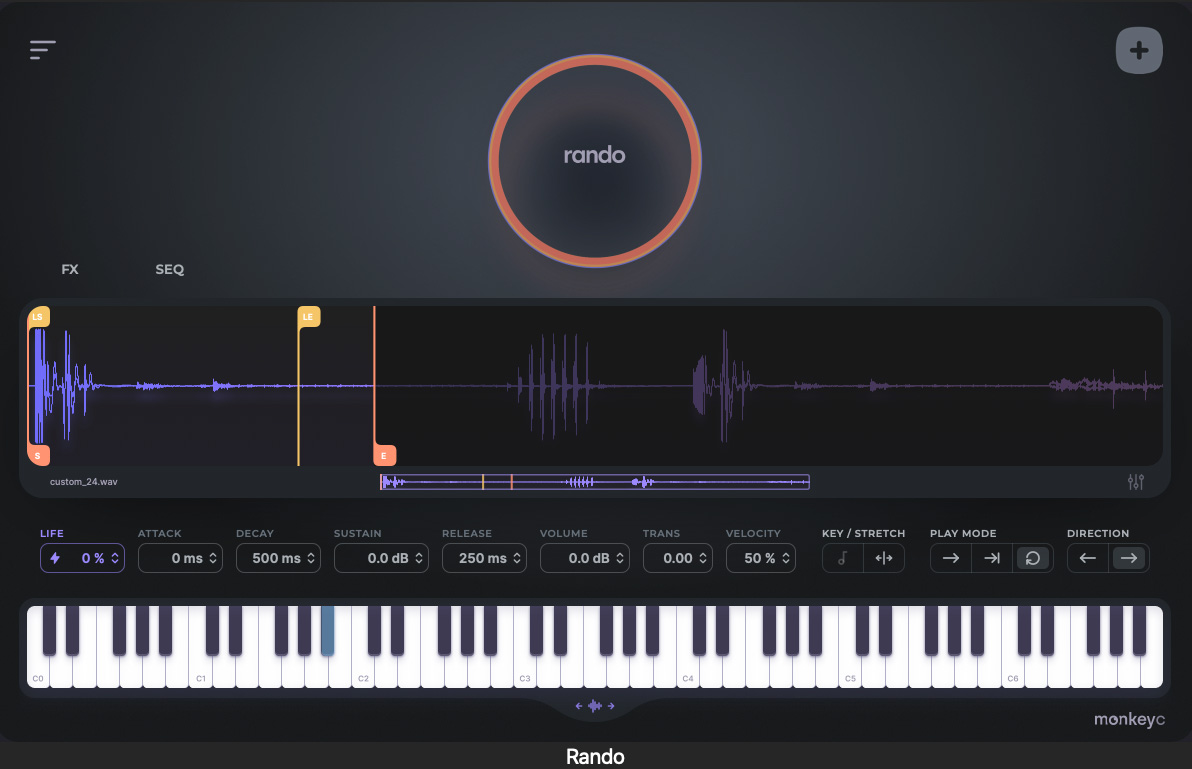

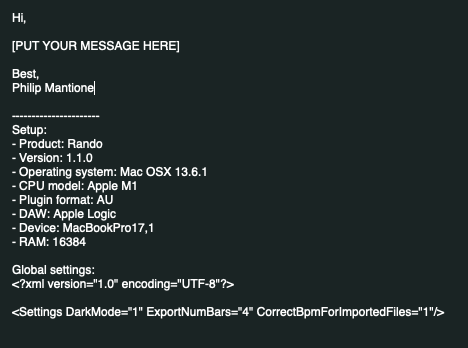
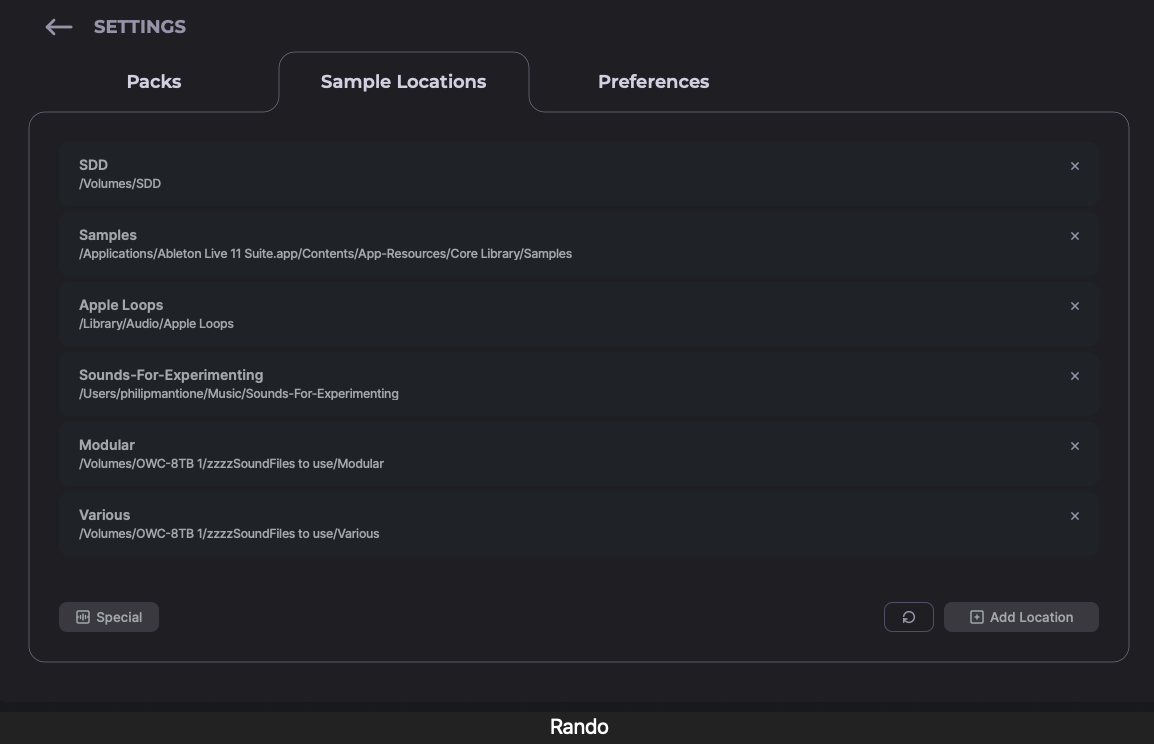
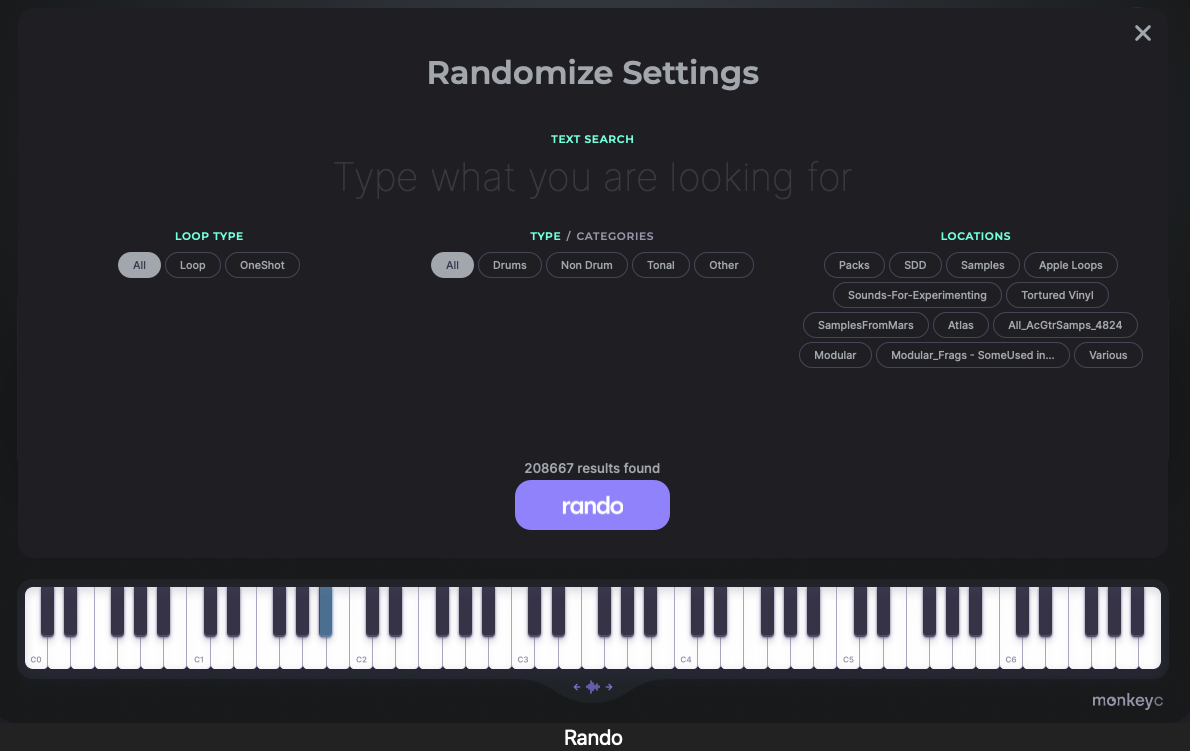
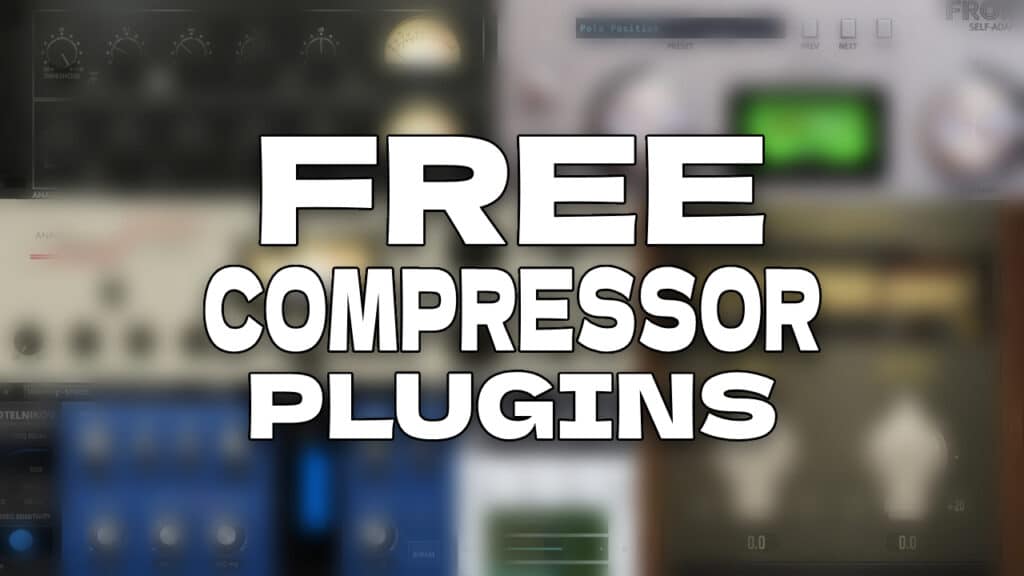
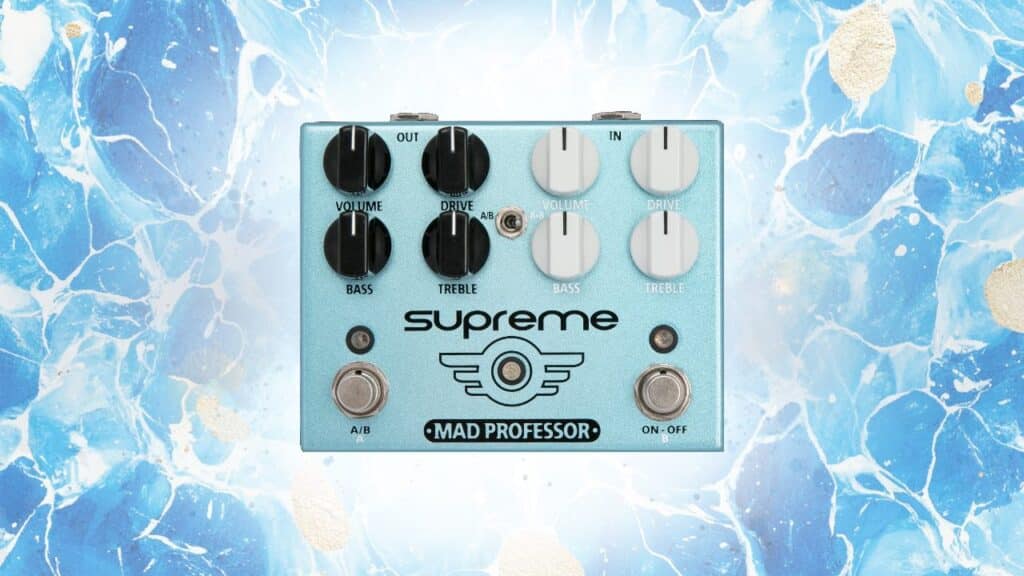
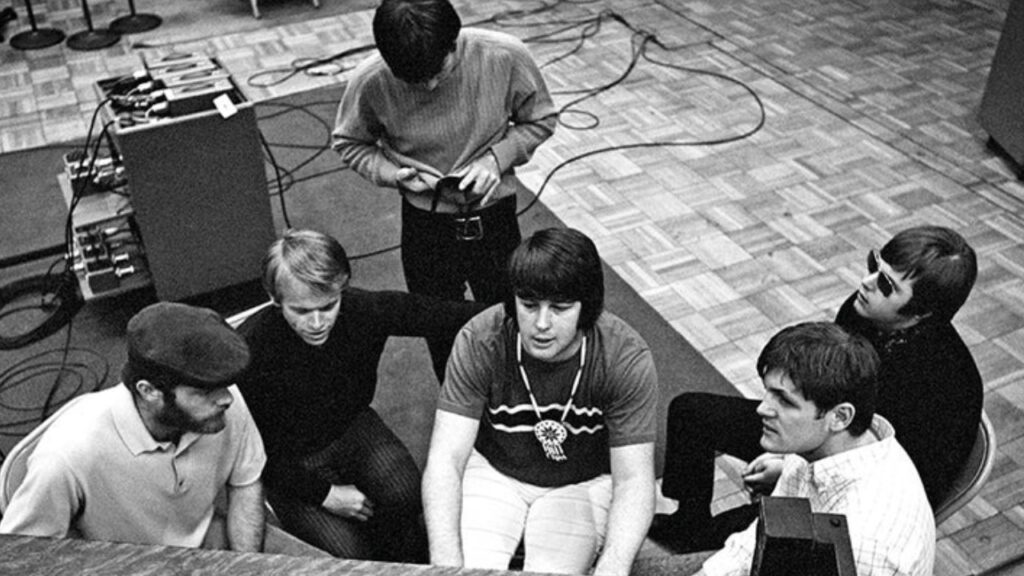
One Comment
Comments are closed.